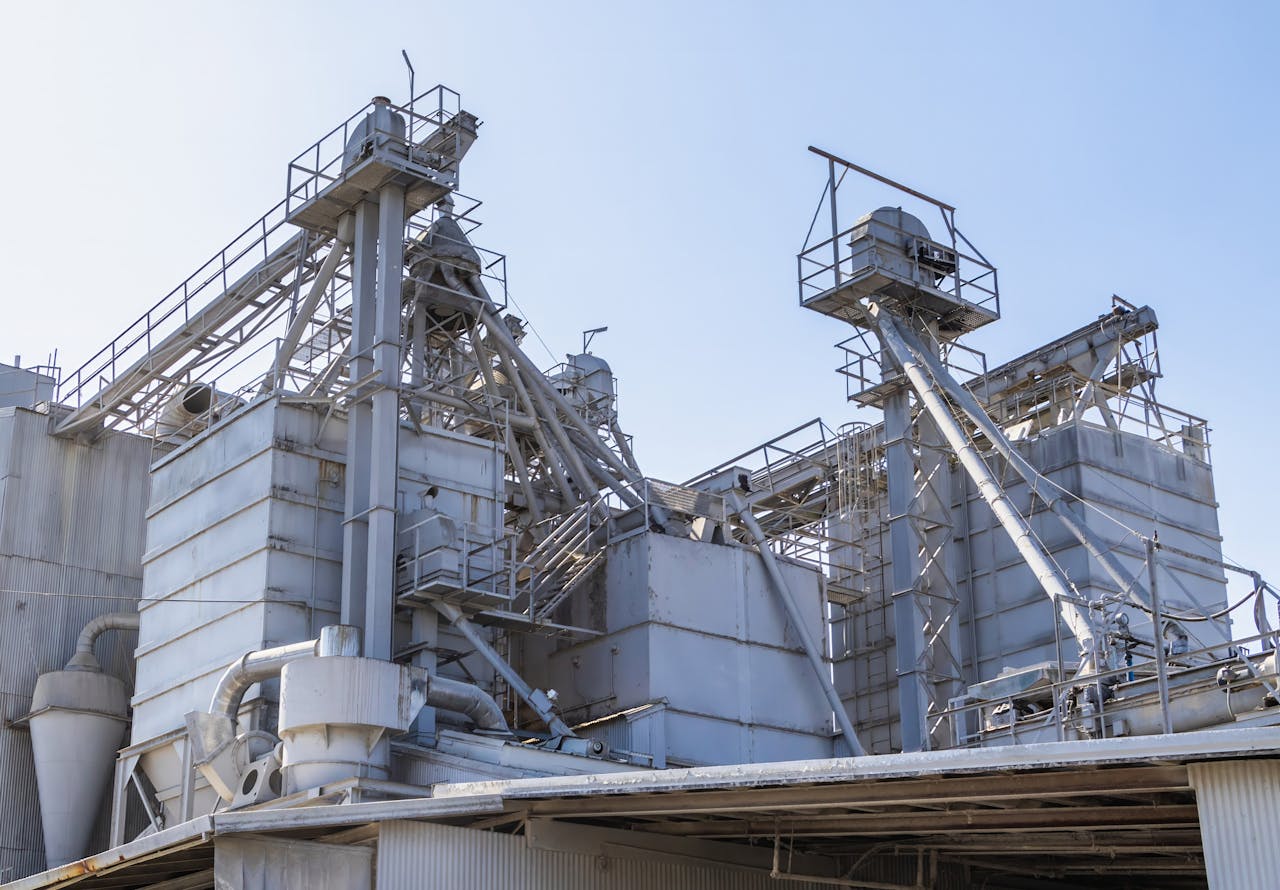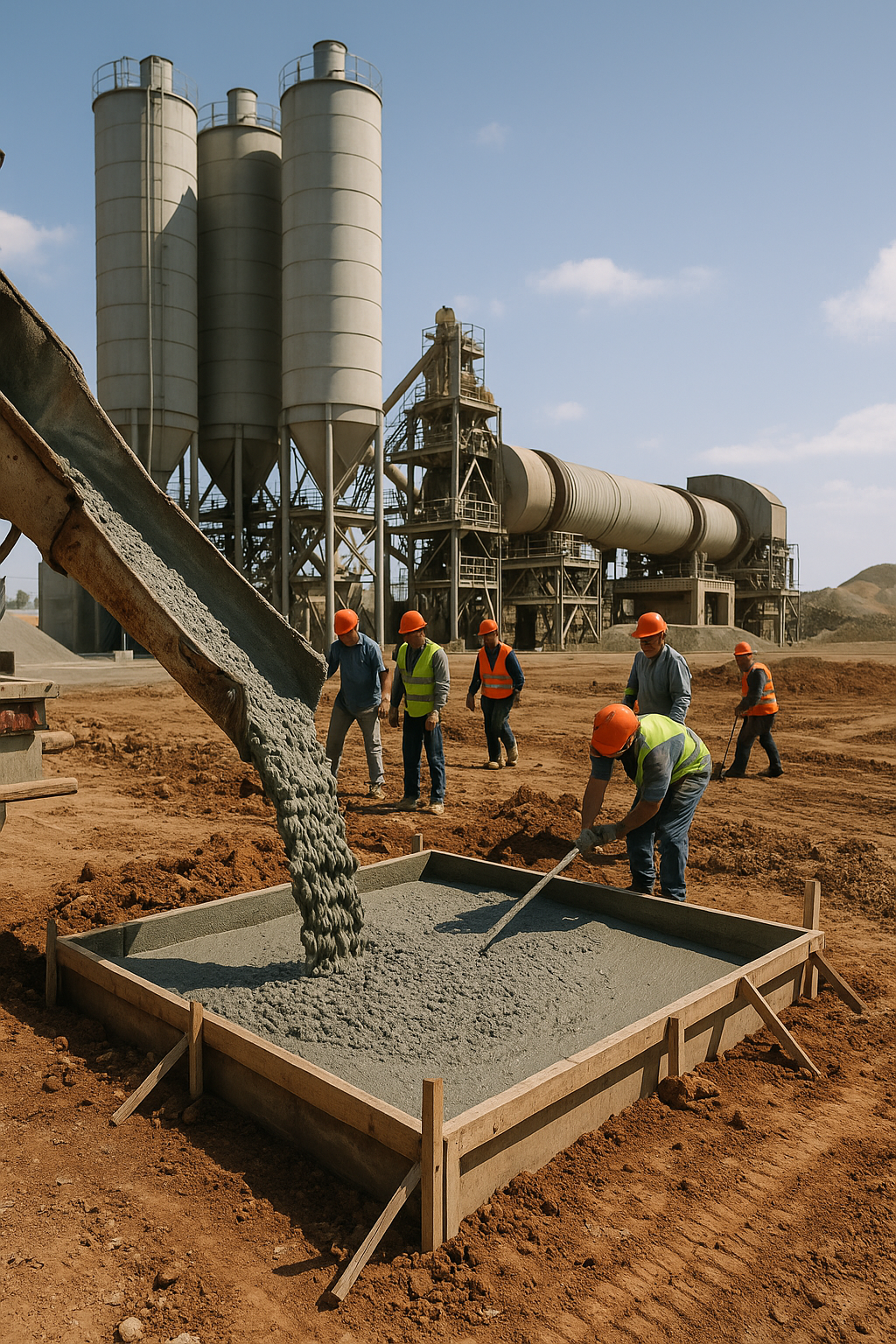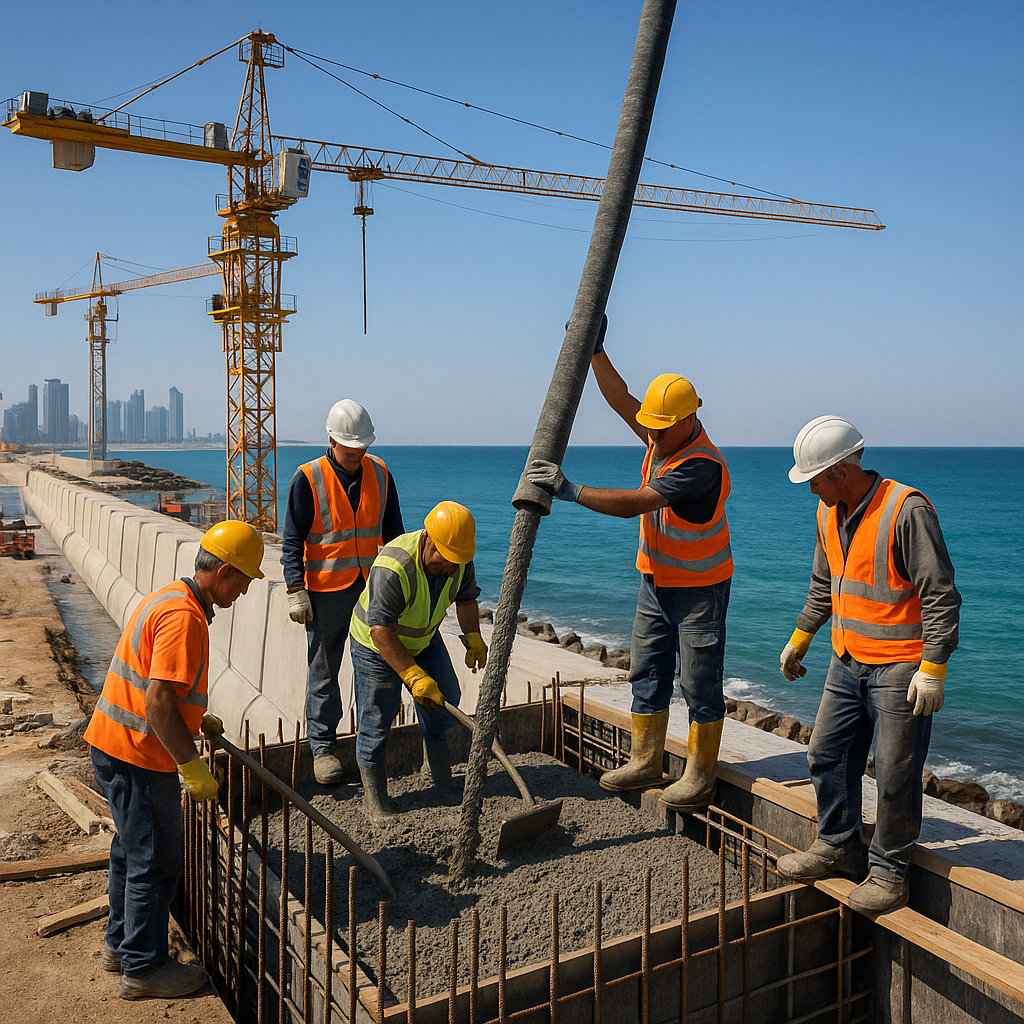
When it comes to building in coastal regions or marine environments, ordinary cement often fails to withstand harsh conditions. Sulfate resistant cement has become the gold standard for projects exposed to seawater, saline soil, and aggressive groundwater. Understanding why this cement type matters is crucial for developers, contractors, and importers across the GCC and beyond.
In this article, we’ll explore what sulfate resistant cement is, why sulfates cause such damage to concrete, and the top 10 benefits of using sulfate resistant cement in coastal and marine construction projects. We’ll also look at cost considerations, GCC market availability, and how Karbin Cement supplies durable sulfate-resistant options for international buyers.
What Is Sulfate-Resistant Cement?
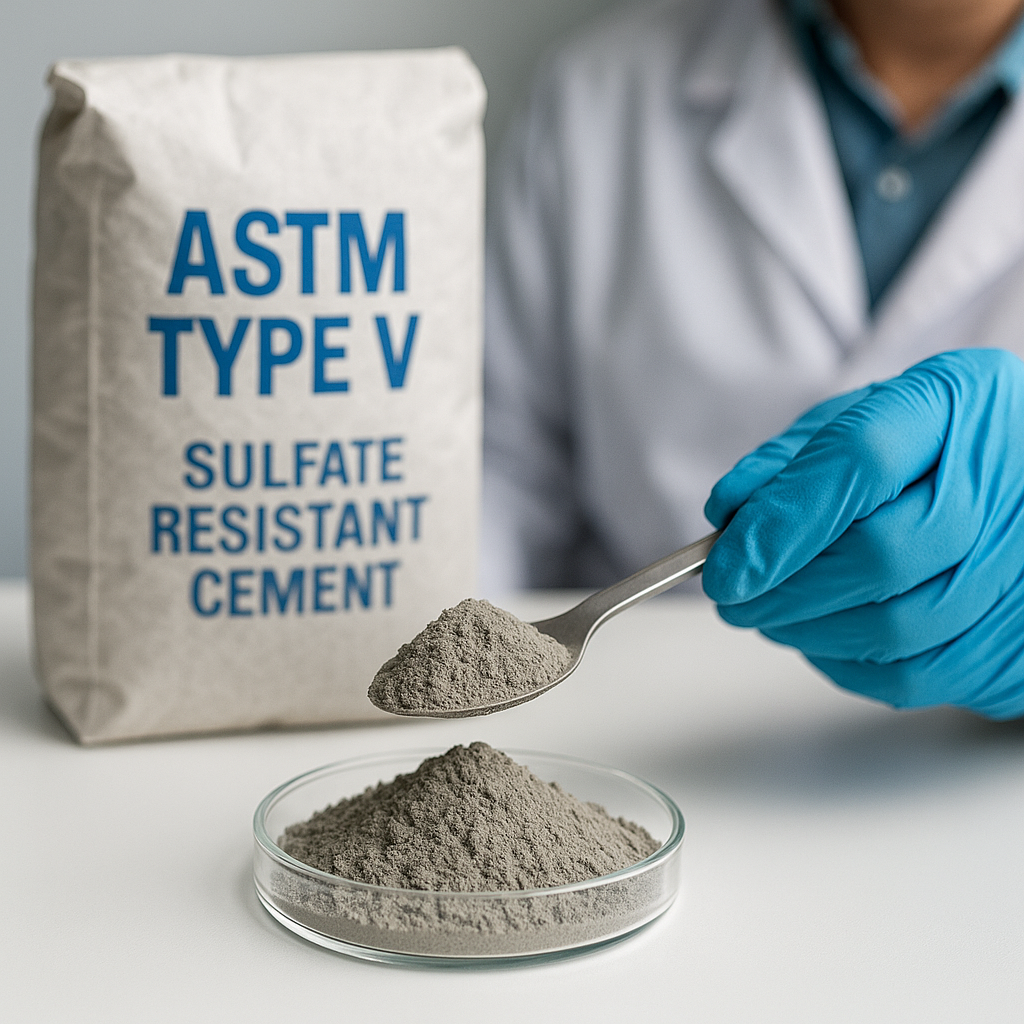
Sulfate-resistant cement (commonly referred to as Type V Portland Cement under ASTM standards) is a special cement designed to reduce the impact of sulfate attack. Sulfates are naturally present in seawater, saline groundwater, and certain soils, especially in coastal regions like the UAE, Oman, and Saudi Arabia.
When ordinary cement reacts with sulfates, it can expand, crack, and lose strength. Sulfate-resistant cement, however, is engineered with a lower tricalcium aluminate (C3A) content, typically less than 5%. This chemical adjustment dramatically improves durability against sulfate-rich environments.
Learn more about cement standards from ASTM International.
Why Sulfates Damage Concrete in Coastal Areas
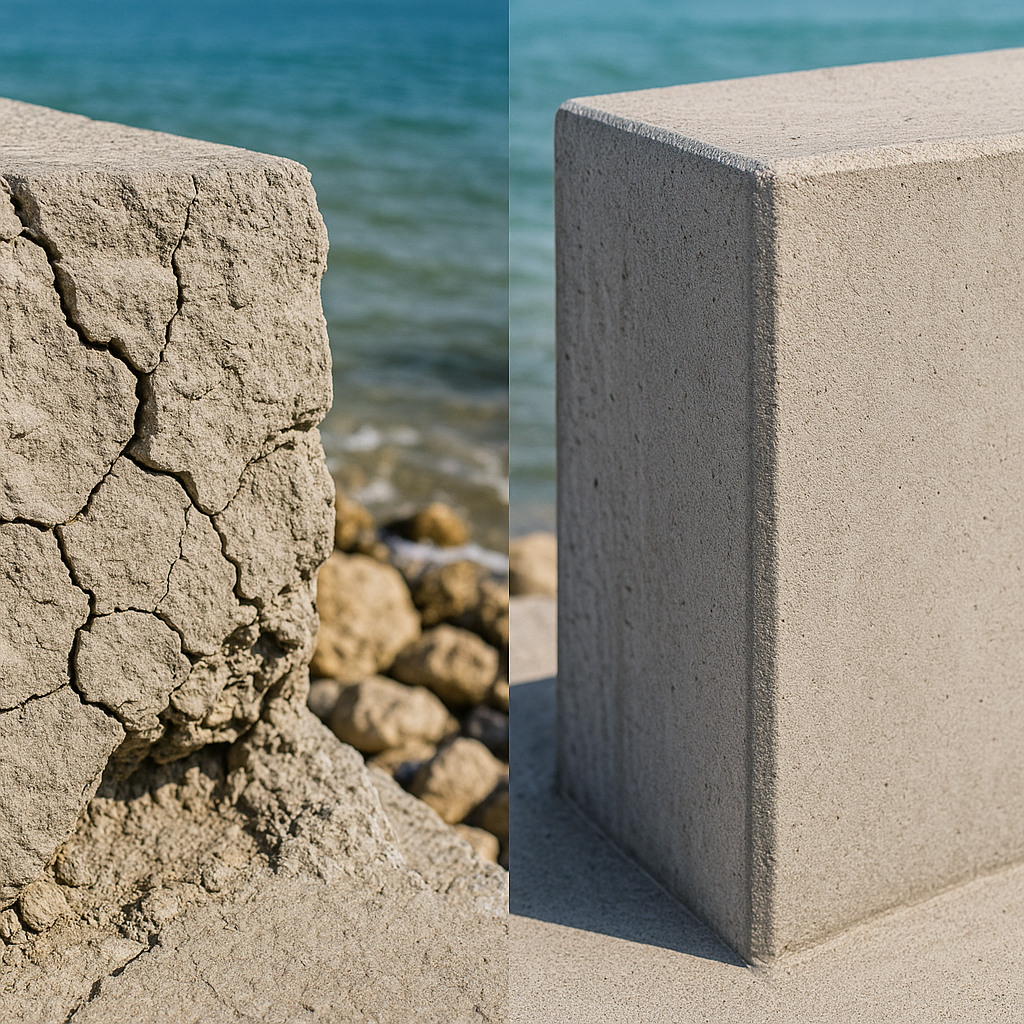
Sulfate attack is one of the most destructive forms of chemical deterioration in concrete. It occurs when soluble sulfates in water or soil penetrate the concrete and react with the hydrated compounds inside.
The result? Expansion, cracking, and spalling that weaken the structure over time. In coastal areas, this process accelerates due to constant exposure to seawater and humidity. Infrastructure like bridges, seawalls, ports, sewage systems, and underground pipelines are particularly vulnerable.
This is why sulfate resistant cement is not just an option but a necessity for long-lasting construction near the sea.
Top 10 Benefits of Sulfate-Resistant Cement
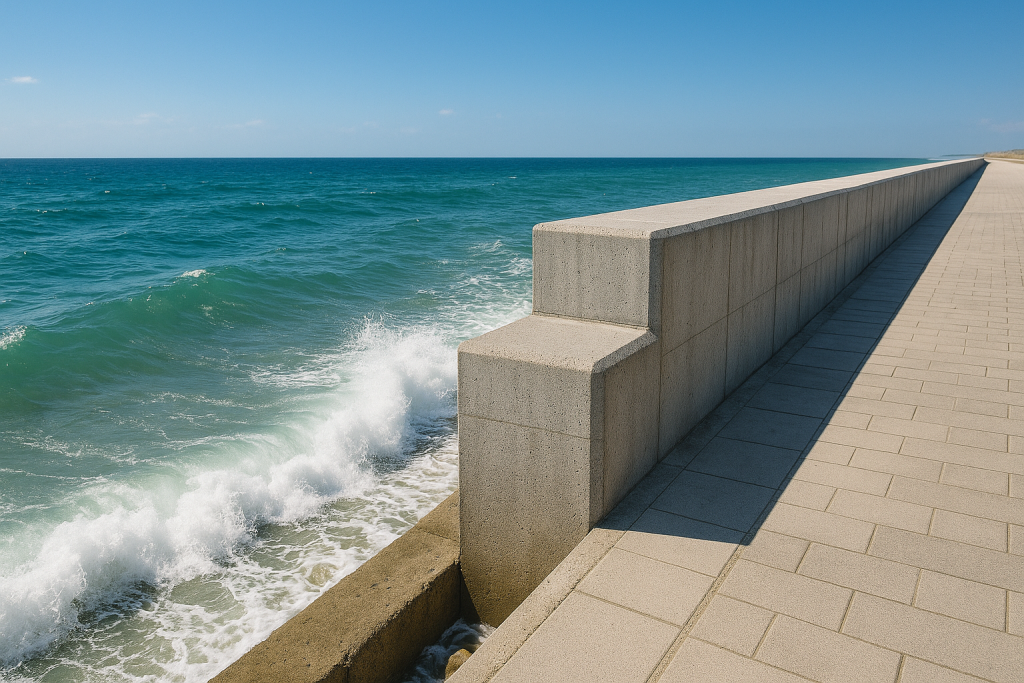
1. High Resistance to Sulfate Attack
The primary advantage is built into its name. Structures built with sulfate resistant cement can withstand high concentrations of sulfates, ensuring durability where ordinary cement would fail.
2. Extended Lifespan in Marine Structures
Whether it’s a seawall in Muscat or a jetty in Dubai, marine infrastructure needs to last decades. Using sulfate resistant cement adds years—if not decades—to a project’s lifespan.
3. Reduced Maintenance Costs
Frequent repair work in marine environments is costly. Sulfate resistant cement significantly reduces the need for patching, reinforcement, or rebuilding, saving millions in long-term maintenance.
4. Better Durability in Saline Groundwater
In areas where groundwater carries dissolved salts, such as Bahrain and Kuwait, sulfate resistant cement keeps underground foundations stable and prevents chemical erosion.
5. Suitable for Sewage Systems and Pipelines
Municipal sewage often contains sulfates that erode ordinary cement. Sulfate resistant cement is the top choice for sewage plants, wastewater pipelines, and drainage networks.
6. Stronger Foundations in Coastal Cities
From high-rise towers in Doha to luxury villas in Dubai, coastal cities depend on strong foundations. Sulfate resistant cement prevents hidden damage, ensuring buildings remain safe for decades.
7. Meets International Standards (ASTM / EN)
This cement is manufactured according to global standards, including ASTM C150 Type V. For importers, this means guaranteed compliance with international quality requirements.
Reference: ASTM C150 Standard
8. Prevents Cracking and Chemical Erosion
By resisting the internal expansion caused by sulfates, sulfate resistant cement keeps concrete intact and prevents structural cracks that often lead to expensive failures.
9. Reliable for Export to GCC Countries
Given the Gulf’s saline soil and proximity to the sea, sulfate resistant cement is one of the most requested cement types for import. Karbin Cement exports directly from Chabahar Free Zone, Iran, providing a cost-effective and fast shipping solution.
10. Ensures Long-Term Savings for Builders
When evaluating total cost of ownership, using sulfate resistant cement is far cheaper. While slightly more expensive than ordinary cement, it reduces repair costs, minimizes downtime, and protects investments.
Cost & Availability in GCC Markets
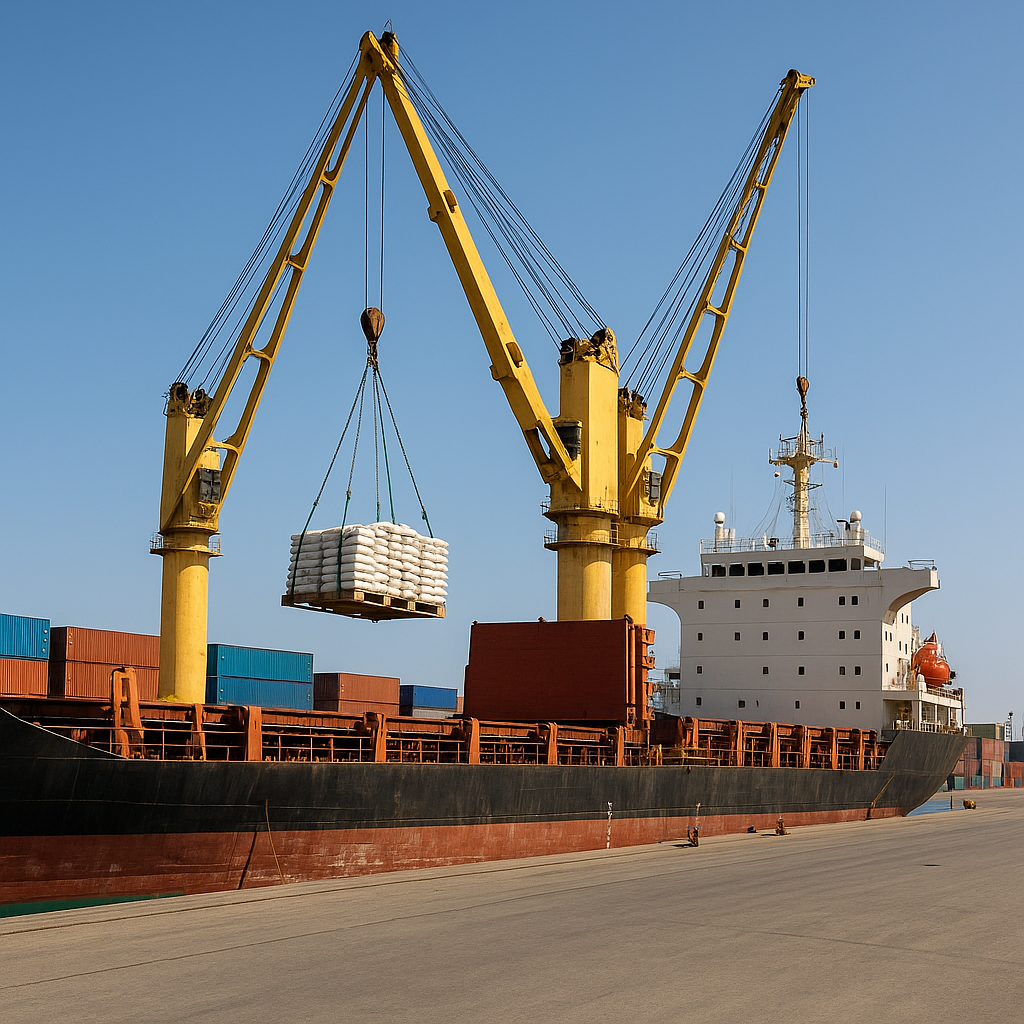
In GCC countries, the demand for sulfate resistant cement is steadily increasing. Market research shows that sulfate resistant cement can cost 10–20% more per ton compared to ordinary Portland cement. However, the long-term durability justifies the price difference.
At Karbin Cement, we supply sulfate resistant cement in bulk quantities and customized packaging (bags or bulk tanker). Shipping via Chabahar Port allows us to reach Dubai, Muscat, and Doha in shorter transit times compared to northern Iranian ports.
Environmental and Sustainability Factors
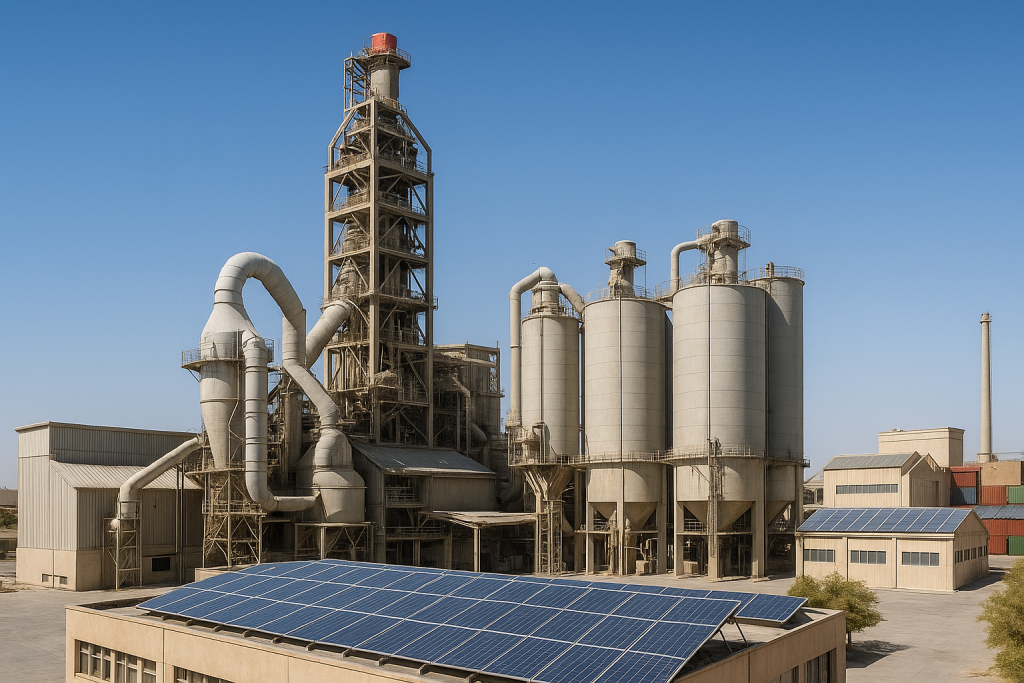
Sustainability is increasingly important in construction. Sulfate resistant cement contributes by extending structural lifespan and reducing the carbon footprint linked to frequent repairs and replacements.
In some facilities, eco-friendly production technologies are also being integrated, ensuring that sulfate resistant cement not only protects structures but also the environment.
Karbin Cement’s Sulfate-Resistant Supply Options
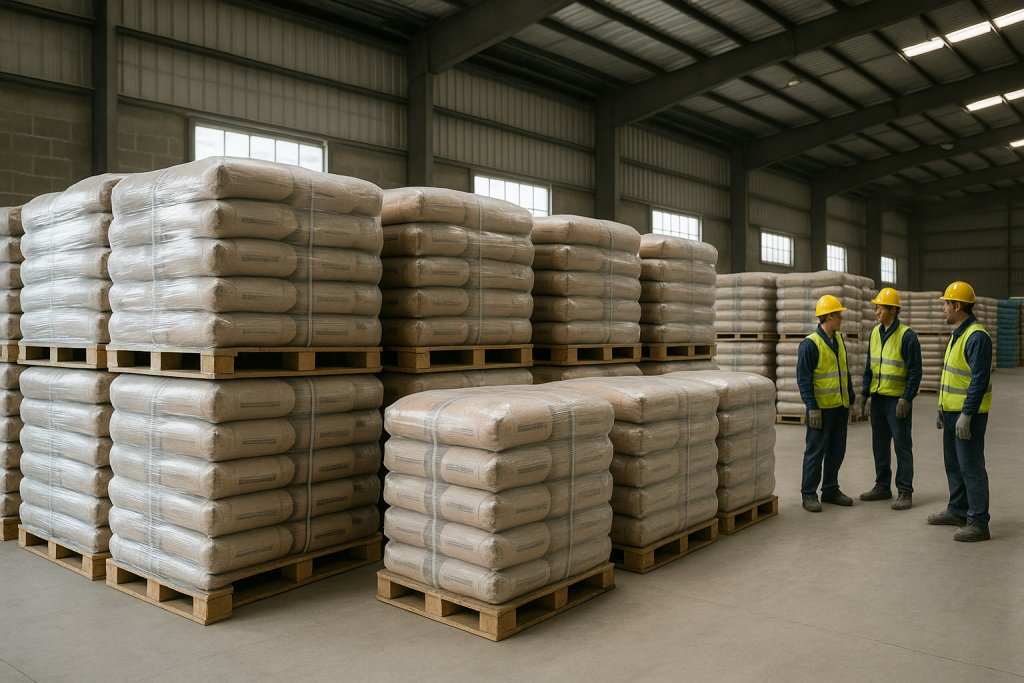
Karbin Cement offers multiple packaging and delivery solutions for international clients, including:
- Bulk shipments via Chabahar Free Zone (ideal for GCC buyers)
- 50kg bags with ISO & ASTM certifications
- Custom branding for importers and distributors
Contact Karbin Cement today to get a quotation for sulfate resistant cement shipments.
FAQ
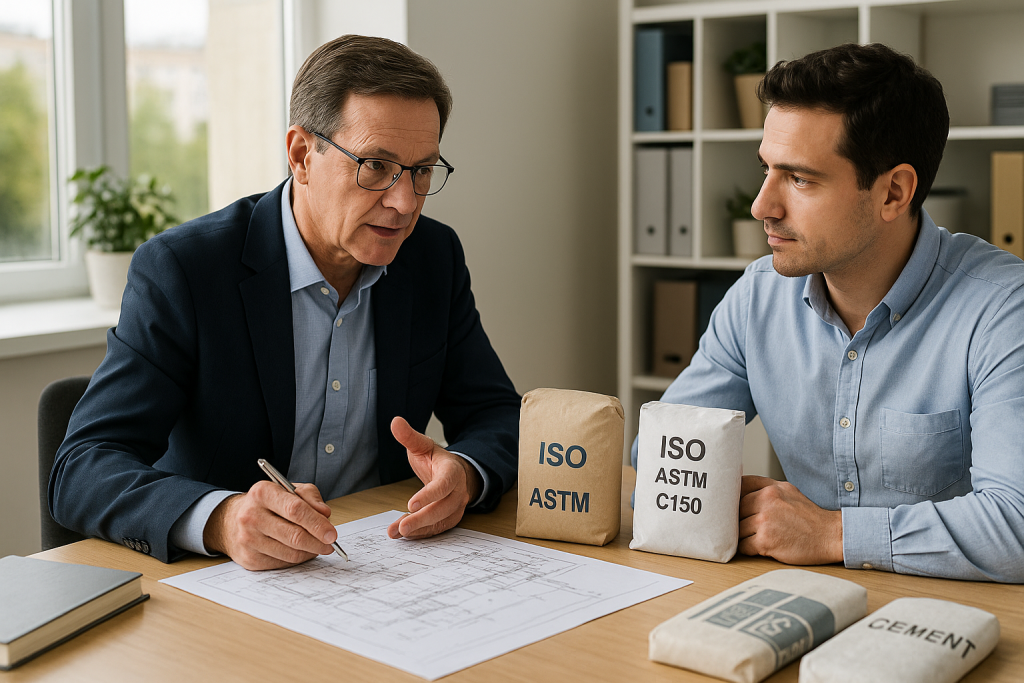
Q1: What is sulfate resistant cement mainly used for?
It is mainly used in marine structures, sewage systems, foundations in coastal areas, and anywhere exposed to high sulfate content.
Q2: Is sulfate resistant cement more expensive?
Yes, it typically costs 10–20% more than ordinary Portland cement, but the long-term benefits outweigh the higher upfront price.
Q3: Does Karbin Cement export sulfate resistant cement to the UAE and Oman?
Yes, Karbin Cement exports directly to multiple GCC destinations, with logistics advantages through Chabahar Port.
Q4: How does it compare to Type I or Type II cement?
Type I and II are general-purpose cements, while Type V (sulfate resistant) is specifically engineered for sulfate-rich environments.
Conclusion
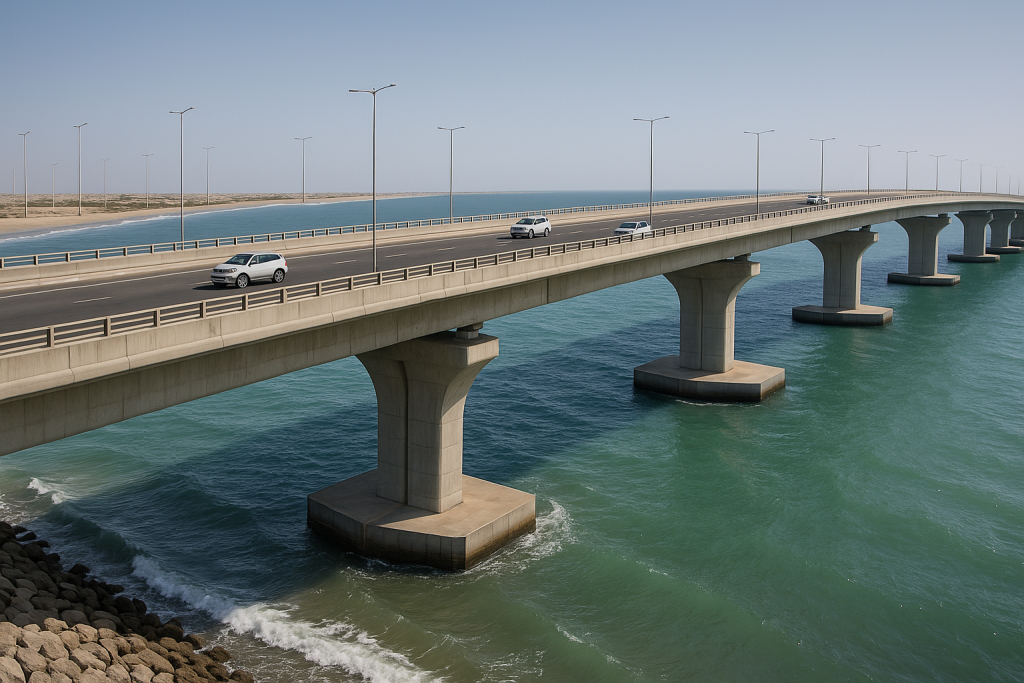
In environments where seawater, saline soil, or sulfate-rich groundwater pose risks, sulfate resistant cement is the most reliable solution. From stronger foundations to reduced repair costs, its benefits are unmatched in coastal and marine construction.
At Karbin Cement, we combine product quality with logistics expertise, ensuring timely delivery and international compliance. For builders, importers, and developers in the GCC, sulfate resistant cement is not just a choice—it’s an investment in durability.
Get in touch with Karbin Cement for sulfate resistant cement exports today.
